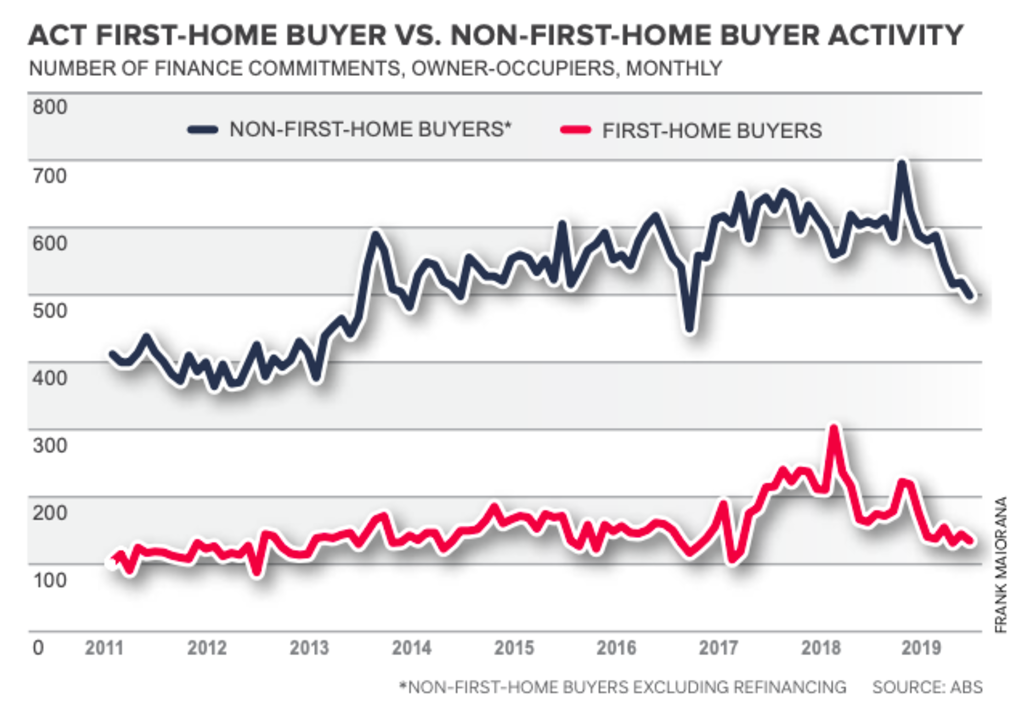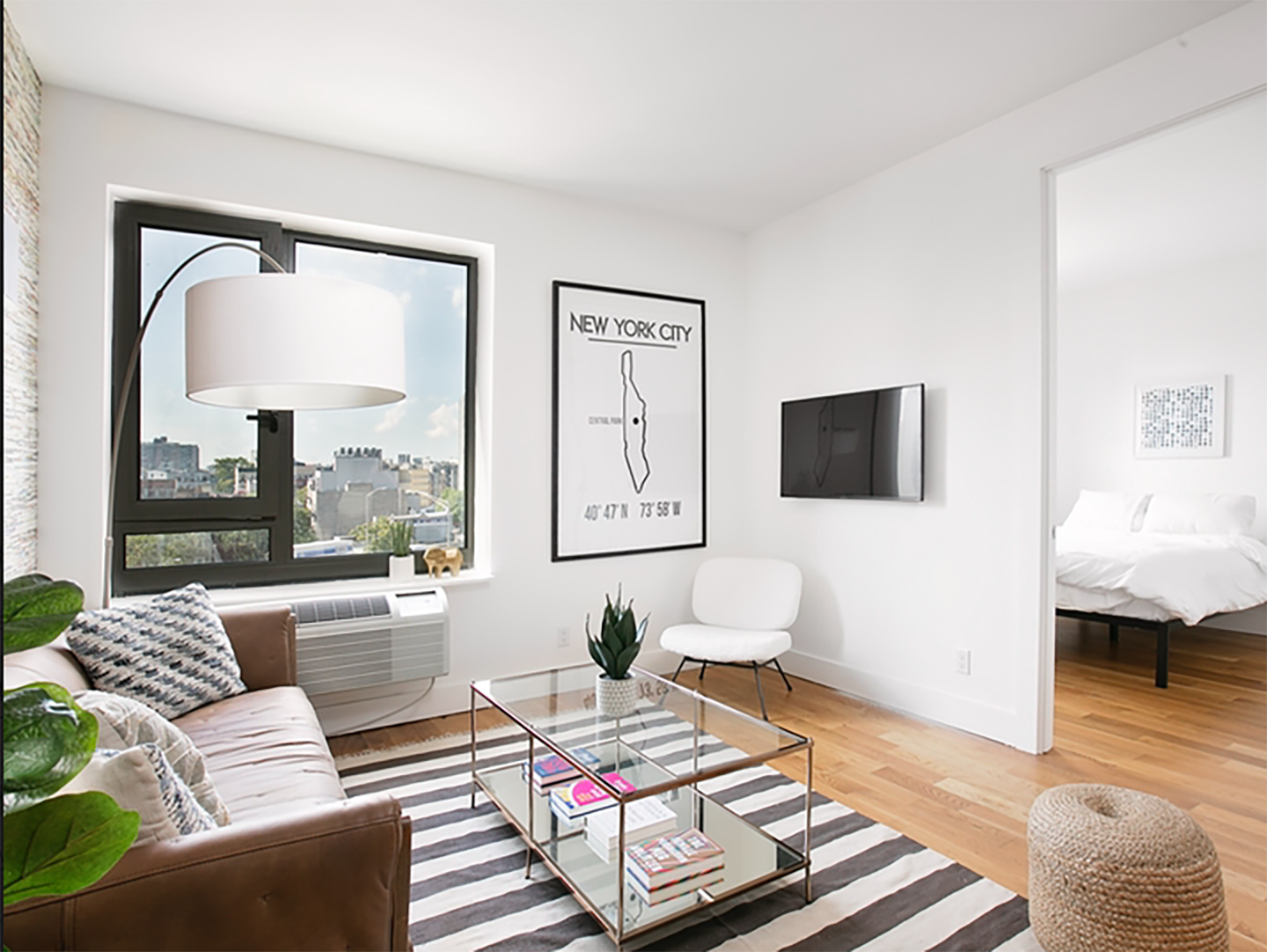Table of Content
To be eligible for an exemption or reduction in the amount of duty payable you will need to be a first home buyer who purchases a new home or a vacant block of land on which you intend to build a new home. For a single property purchase, no tax will be paid on the first £145,000. Between £145,000 and £325,000 buyers will pay 5% within this band, 10% within the next band up to £750,000 and 12% over that. Since April 2021 someone living overseas could pay an additional 2 percent in stamp duty if they purchase a property in England or Northern Ireland. The increase in stamp duty means that for an additional property the top rate of SDLT will now be 17%.

It initially increased the value threshold for zero SDLT payments up to £500,000 on all residential property purchases. If you’re a first home owner in Victoria, you won’t have to pay any stamp duty if your property is valued at less than $600,000 and you entered into your contract after 1 July 2017. First-home buyers looking at properties valued between $600,000 and $750,000 also receive a concessional rate of stamp duty. Thanks to new rules introduced by Kwasi Kwarteng in a mini-budget, first-time buyers do not have to pay any stamp duty if the property they are buying is less than £425,000. But for any value of the property over £425,000 a first-time buyer will have to pay stamp duty.
First time home buyers
From 1st April 2021 until and including 30th September 2021 you only pay stamp duty on the value of the property above £250,000 as the first £250,000 is stamp duty exempt. On the 30th of June 2021, the temporary Land Tax holiday period ends. The calculator below reflects the appropriate Land Tax to be paid if your purchase completes after the 30th of June 2021. Should your purchase complete before this date then the Land Tax to be paid may be lower than that shown. L&C is not able to advise on tax matters and we recommend you take specialist advice on the stamp duty level which may be applicable to your circumstances. Stamp Duty is a tax you might have to pay if you buy a residential property or a piece of land in England and Northern Ireland.

It is a tax paid by the purchaser of the property and is calculated on the purchase price. Property prices are divided into bands with each band attracting tax at a different rate. From 1st October 2021 until 23rd September 2022 stamp duty rates and thresholds reverted to those in place before the stamp duty holiday. SDLT is charged at different rates depending on the purchase price of a property.
Do first time buyers pay stamp duty?
Unfortunately, you don’t get the benefit of the new rates and the standard rules will apply to you. Stamp duty often catches people out, particularly first-time buyers, who don’t realise that they have to pay this on top of their deposit. It can be thousands or tens of thousands of pounds, so it’s really important to know in advance how much you’ll need to save.

Firstly, you have to have never owned a residential property before in the UK. Secondly, the property you’re buying must be your main residence, it can’t be buy-to-let or a second home. The stamp duty holiday was extended until the end of September 2021, but at a lower rate.
Stamp duty for first home buyers in WA
For the latest LTT information, rates and calculations please visit our LTT calculator section. For additional dwelling transactions a further 1% LTT surcharge has been applied to all LTT bands from 22nd December 2020. The LTT holiday introduced on 27th July 2020 ended on 30th June 2021. From 1st July 2021 the initial LTT zero rate threshold has returned to £180,000 reduced from £250,000 during the LTT holiday.

A special first time buyer code will need to be submitted with the stamp duty return once a home is purchased. The property must be your primary residence for a year within a year from the date of completion. The household's total gross income, whether they are named purchasers or not, can't exceed the below income thresholds.
The stamp duty holiday was extended for another 3 months following the 2021 spring Budget and ended on 30th June 2021. During this period the zero rate threshold for standard purchases increased from £125,000 to £500,000 meaning the majority of homemover and first time buyer transactions did not attract any SDLT. Since 2014 stamp duty has become a progressive tax with rate increases applied between specific stamp duty thresholds instead of being applied to the final purchase price of a property.

Scotland has the Land & Buildings Transaction Tax which normally applies to properties over £145,000 or £175,000 for first-time buyers. Until the 30th of June 2021, this threshold for all home-buyers has been increased to £250,000. First time buyer properties are designed to help people move on to or up the housing ladder. If you own a first time buyer property, you must occupy that property as your principal residence.
Each slice has a different tax rate that applies only to that slice. You first calculate the tax that applies to each slice, then you add all the slices together, to work out your total stamp duty. Stamp duty or an ongoing land tax are important budgetary considerations.
Normal rates of stamp duty will apply for anyone replacing a main residence even if they own two properties in the short term. Full rates, exemptions and more examples can be found on our buy to let stamp duty and SDLT for second homes pages. Some mortgage lenders do allow you to add the amount of stamp duty to your mortgage. We don’t recommend it, as it will be lumped together with your mortgage amount and you’ll have to pay interest on it at your standard mortgage rate.
First home buyers purchasing a property valued between $430,000 and $530,000 will pay a concessional rate of duty. First home buyers purchasing a property valued at less than $430,000 are exempt from paying stamp duty. If you're purchasing vacant land to build your first home that is valued under $400,000 and be paying market value if it's valued between $320,001 and $399,999.

If you’re a first-time home buyer applying for a home loan, you could qualify for some tax deductions, but the benefits you can receive are limited and you’ll need to meet some eligibility requirements. If you are buying a property in London as a first-time buyer, you do not have to pay stamp duty up to and including a property value of £500,000. From 22 November 2017 first-time buyers paying £300,000 or less for a residential property will pay no Stamp Duty Land Tax . First time buyers will need to declare that they have never owned a property either in the UK or abroad.
How is stamp duty calculated?
This is because special rules applied specifically to first-time buyers. Preparing to purchase your first home is an exciting time when life-changing decisions will be made. Whether you’ve studied the ins and outs of purchasing a property or you’re a bit of a novice, Galliard Homes is here to help.


No comments:
Post a Comment